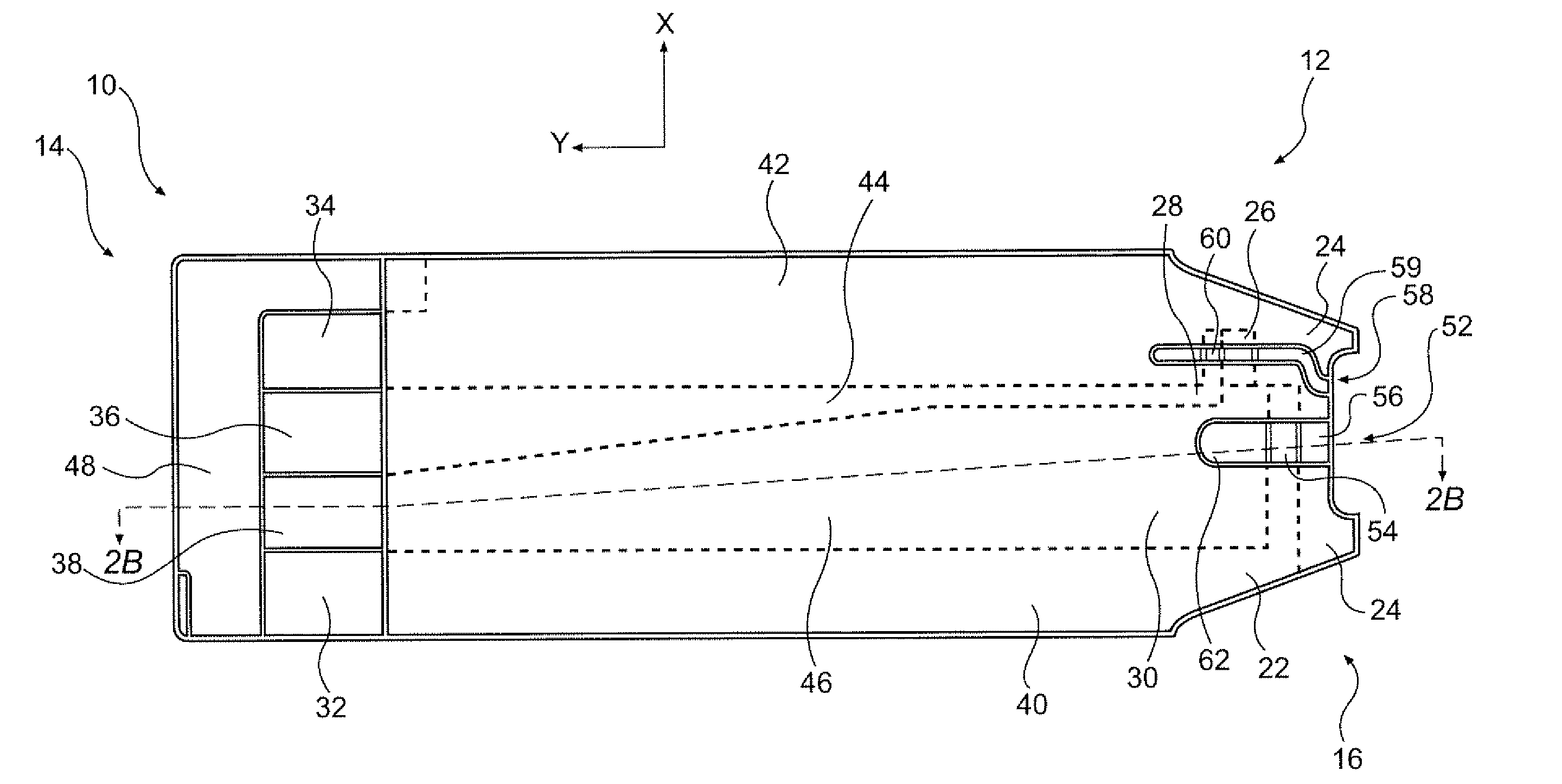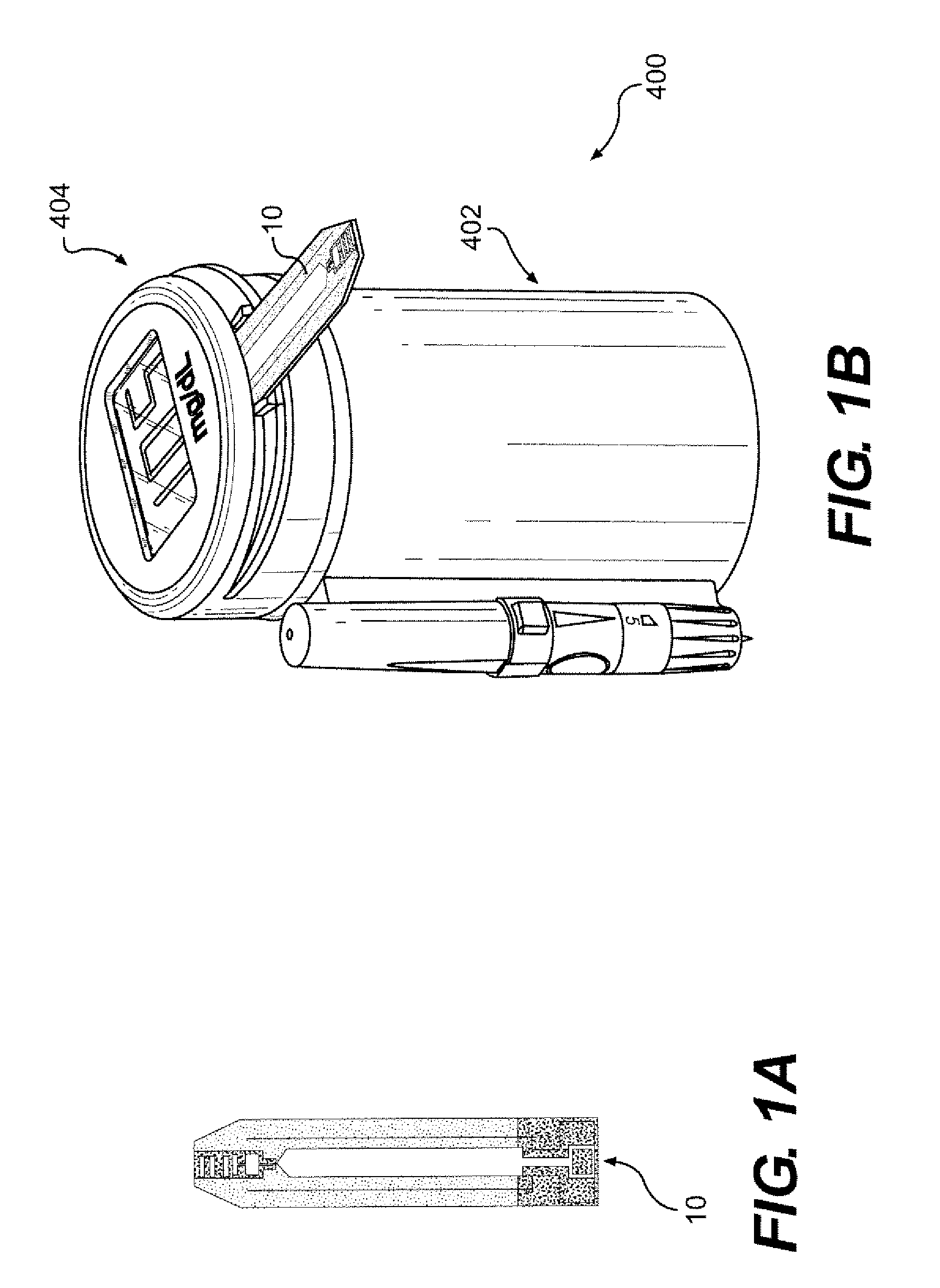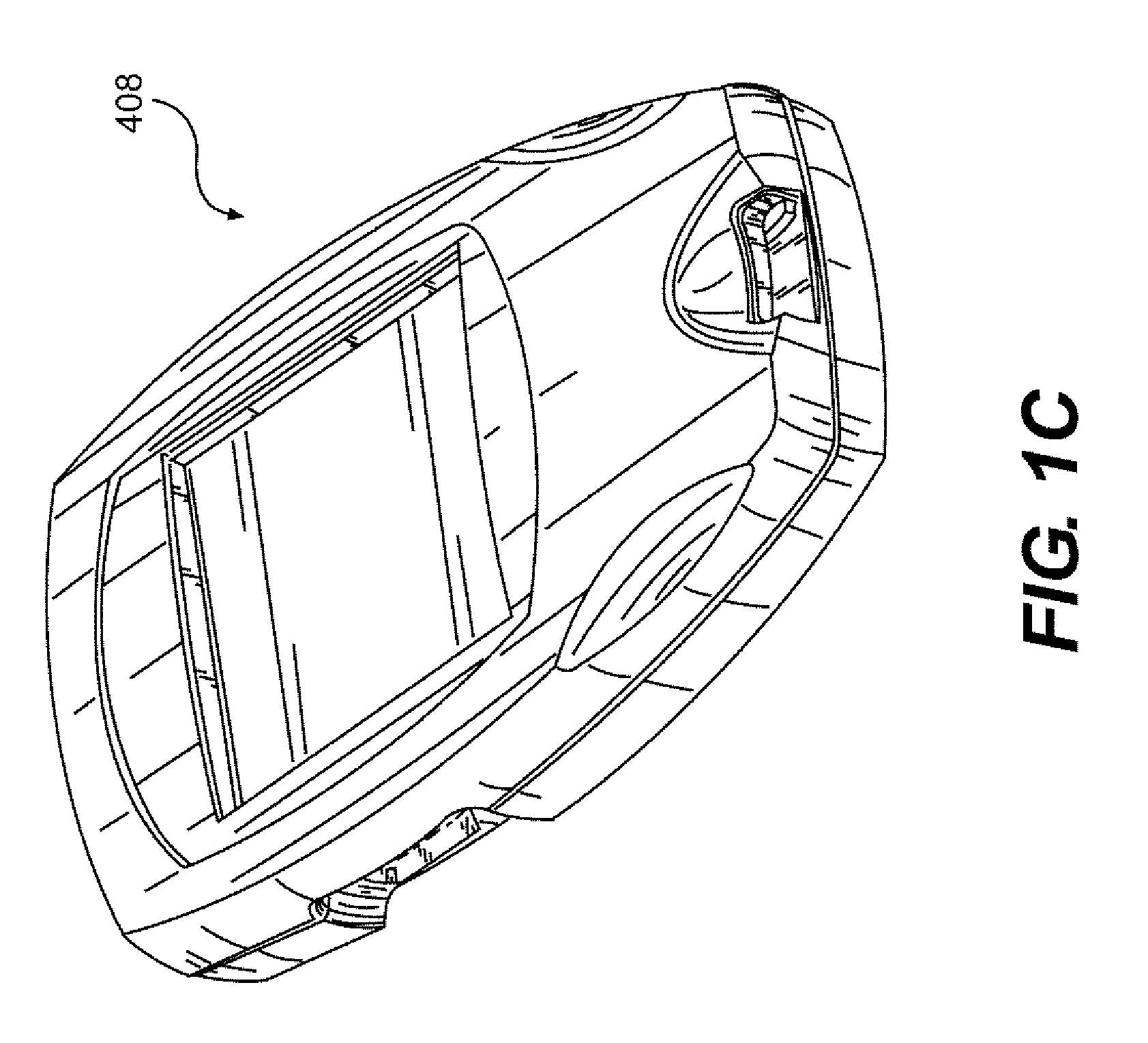System and Methods for Determining an Analyte Concentration Incorporating a Hematocrit Correction
a technology of hematocrit and analyte concentration, applied in the direction of diaphragms, immobilised enzymes, photographic processes, etc., can solve the problems of inaccurate glucose reading, analyte concentration measurement, and inaccuracy in the detection of signals
- Summary
- Abstract
- Description
- Claims
- Application Information
AI Technical Summary
Benefits of technology
Problems solved by technology
Method used
Image
Examples
Embodiment Construction
[0002] 1. Field of the Invention
[0003] The present invention relates to the field of diagnostic testing systems for measuring the concentration of an analyte in a blood sample and, more particularly, to methods for measuring an analyte concentration that incorporates a hematocrit correction.
[0004] 2. Background of the Invention
[0005] The present disclosure relates to a biosensor system for measuring an analyte in a bodily fluid, such as blood, wherein the system comprises a unique process and system for correcting inaccuracies in sample concentration measurements. For example, the present disclosure provides methods of correcting analyte concentration measurements of bodily fluids.
[0006] Electrochemical sensors have long been used to detect and / or measure the presence of substances in a fluid sample. In the most basic sense, electrochemical sensors comprise a reagent mixture containing at least an electron transfer agent (also referred to as an “electron mediator”) and an analyt...
PUM
| Property | Measurement | Unit |
|---|---|---|
| Length | aaaaa | aaaaa |
| Length | aaaaa | aaaaa |
| Temperature | aaaaa | aaaaa |
Abstract
Description
Claims
Application Information
 Login to View More
Login to View More - R&D
- Intellectual Property
- Life Sciences
- Materials
- Tech Scout
- Unparalleled Data Quality
- Higher Quality Content
- 60% Fewer Hallucinations
Browse by: Latest US Patents, China's latest patents, Technical Efficacy Thesaurus, Application Domain, Technology Topic, Popular Technical Reports.
© 2025 PatSnap. All rights reserved.Legal|Privacy policy|Modern Slavery Act Transparency Statement|Sitemap|About US| Contact US: help@patsnap.com



